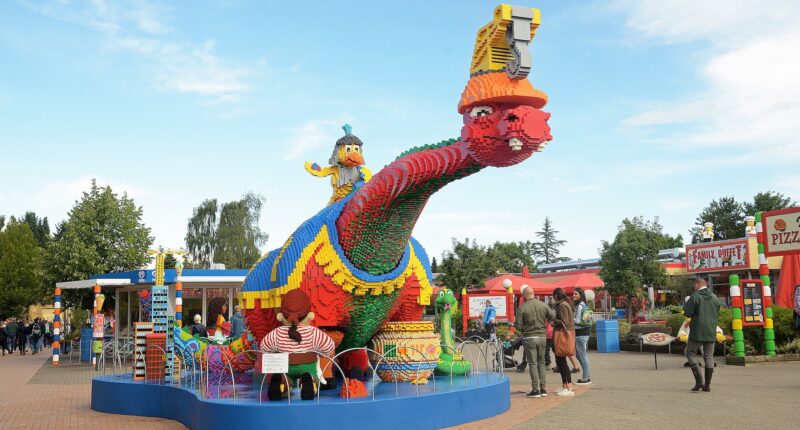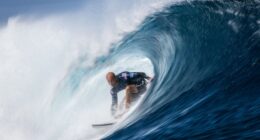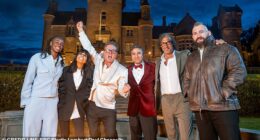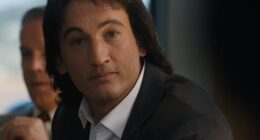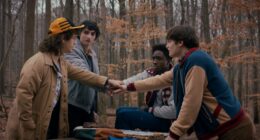Denmark may be a relatively small country, with a landmass roughly the size of Maryland and a population of about six million people, roughly equivalent to the state of Wisconsin. But for such a small nation, Denmark punches far above its weight. It’s home to world leaders in shipping, pharmaceuticals, design, renewable energy, and consumer goods.
You might assume the richest person in Denmark is the owner of Maersk, the world’s largest shipping company, headquartered in Copenhagen. Or perhaps one of the top shareholders of Novo Nordisk, the pharmaceutical powerhouse behind the blockbuster weight-loss drugs Ozempic and Wegovy. You could even guess the family behind Carlsberg, one of the biggest beer brands on Earth.
But despite being home to a remarkable number of industrial, pharmaceutical, and technological giants, Denmark’s richest fortunes come from something far simpler — and far more nostalgic. If you have kids, you probably have a box of these toys in a closet. (I do.)
With a net worth of about $10 billion, Kjeld Kirk Kristiansen is the richest person in Denmark, thanks to… Legos. And here’s the wild part: he’s not alone.
Of the 500 richest people in the world, only four people from Denmark are rich enough to make the cut. All four of those Danes are worth roughly $10 billion. And all four owe their fortune to the same little plastic brick. And that story — one of craftsmanship, creativity, and three generations of family ingenuity — begins nearly a century ago in a small Danish workshop…

Legoland Denmark (Photo by Didier Messens/Getty Images)
How A Simple Toy Launched A Massive Family Fortune
The Lego story begins in 1932, when a carpenter named Ole Kirk Kristiansen began making wooden toys in the small Danish town of Billund. He named his company “Lego,” a contraction of the Danish phrase leg godt, meaning “play well.” His motto, which still defines the brand today, was “Only the best is good enough.” It was a modest operation at first — handmade yo-yos, ducks, and trucks crafted from leftover lumber during the Great Depression.
In the 1940s, as plastics began to emerge as a new manufacturing material, Ole and his son Godtfred took a risk that would change their lives. They invested in one of Denmark’s first plastic injection-molding machines and began producing simple, interlocking plastic bricks. The earliest versions weren’t perfect — they didn’t stick together firmly, and many customers still preferred wood. But in 1958, Godtfred patented a new stud-and-tube coupling system that allowed the bricks to connect securely while still being easy to pull apart. That single design change turned Lego into the most versatile toy ever made.
From there, Lego expanded across Europe in the 1960s and into North America in the 1970s, eventually producing billions of bricks every year. By the time Kjeld Kirk Kristiansen, Ole’s grandson, joined the company’s management board in 1974, Lego had become one of the most recognizable brands on Earth. Kjeld modernized the business, launching the first Lego mini-figures in 1978, creating themed worlds like “Space” and “Castle,” and expanding into movies, video games, and licensed sets like “Star Wars” and “Harry Potter.”
Under Kjeld’s leadership, Lego evolved into a cultural phenomenon. Its theme parks, educational sets, and digital products helped bridge generations of fans. Even as the company faced tough years in the early 2000s, the family refused to sell or take the company public, focusing instead on a disciplined turnaround that restored Lego to profitability. Nearly a century after its founding, the once-tiny carpentry shop in Billund has become the world’s largest toy company. It now produces more than 60 billion bricks a year and has become as recognizable globally as Apple or Disney.
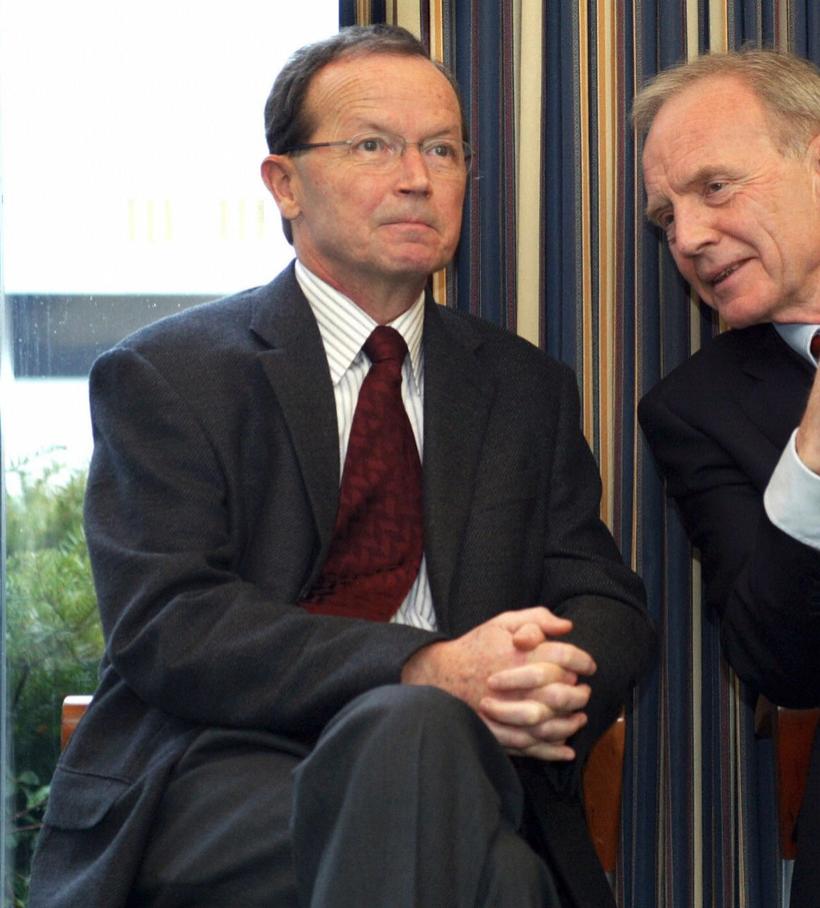
Kjeld Kirk Kristiansen (via Getty)
A Family Fortune
Today, the Kristiansens don’t just own Lego — they are Lego. The Kristiansen dynasty remains firmly in control of Lego through their private holding company, Kirkbi A/S, which owns 75% of the Lego Group. The remaining 25% is owned by the family’s philanthropic arm, The Lego Foundation. Together, those entities have made the Kristiansens not just Denmark’s wealthiest family, but one of the richest business dynasties in Europe.
At the top of the family tree is Kjeld Kirk Kristiansen, age 77, with an estimated net worth of $10.2 billion. The grandson of Lego’s founder, Kjeld ran the company from 1979 to 2004, transforming it from a traditional toy maker into a global entertainment brand. He remains the family’s patriarch and served as chairman of Kirkbi until 2023, when he passed leadership to his son Thomas Kirk Kristiansen, 46.
Thomas, who is now chairman of Lego Group and chairman of the Lego Foundation, represents the fourth generation of family leadership. His siblings Agnete Kirk Thinggaard, 42, and Sofie Kirk Kristiansen, 48, each hold significant stakes in Kirkbi as well. Agnete is a competitive equestrian who lives on a sprawling 1,400-acre deer park estate in Jutland, while Sofie, an environmentalist, has established a nature reserve in southern Denmark. Each sibling has a fortune close to $10 billion.
The Lego Foundation
The family’s commitment to learning and creativity extends beyond the toy business. The Lego Foundation, which owns 25% of the company, reinvests a portion of Lego’s profits into charitable programs that promote education and child development. With more than $1 billion in grants distributed, it is one of Denmark’s largest philanthropic organizations.
The foundation focuses on using play as a tool for learning — a philosophy rooted in Ole Kirk Kristiansen’s original belief that “children are our role models.” Its initiatives include funding teacher-training programs, supporting early childhood education, and partnering with humanitarian organizations to bring play-based learning to refugee children in crisis zones. During the Syrian refugee crisis, for instance, the foundation partnered with UNICEF and the International Rescue Committee to help displaced families access education through play kits and digital learning tools. It has also funded major global research on how play improves cognitive and social development.
Through the foundation, the Kristiansen family has quietly become one of the most influential forces in global education philanthropy — proof that the same bricks used to build toy castles can also help build opportunity for millions of children worldwide.
Kirkbi A/S: The Investment Powerhouse Behind Lego
Beyond toys and philanthropy, Kirkbi A/S serves as the financial engine of the Kristiansen family’s wealth. Headquartered in Billund, the firm manages billions in diversified assets across entertainment, energy, real estate, and infrastructure. Its holdings reveal just how far the family’s influence extends beyond Lego itself.
Kirkbi owns half of Merlin Entertainments, the British amusement park operator that controls Legoland, Madame Tussauds, and The London Eye. It also maintains sizable stakes in publicly traded Danish companies like ISS, one of the world’s largest facilities management firms, and Nilfisk, a major manufacturer of industrial cleaning equipment.
The company’s real estate portfolio includes landmark commercial properties throughout Denmark and Northern Europe, as well as major renewable energy investments. Kirkbi has committed hundreds of millions of dollars toward offshore wind farms, solar projects, and sustainable urban development. These efforts align with the family’s long-term sustainability mission and Denmark’s national goal of achieving carbon neutrality by 2050.
Brick By Brick
Few family businesses have ever scaled as gracefully as Lego. What began in a one-room carpentry workshop during the Great Depression is now a global company with billions in annual revenue, hundreds of millions of fans, and a philanthropic reach that spans the globe. Nearly a century later, the Kristiansen family has managed to preserve both its wealth and its founding values — craftsmanship, creativity, and the belief that play has power.
Unlike many industrial fortunes, theirs was not built through speculation or exploitation, but through imagination — a product designed to inspire rather than consume. The family’s multigenerational stewardship of Lego and its reinvestment through Kirkbi and the Lego Foundation show that even in a world dominated by tech billionaires and financial empires, old-fashioned principles of quality and patience still matter. Their wealth, like their legacy, was built brick by brick with endless possibilities and imagination.
